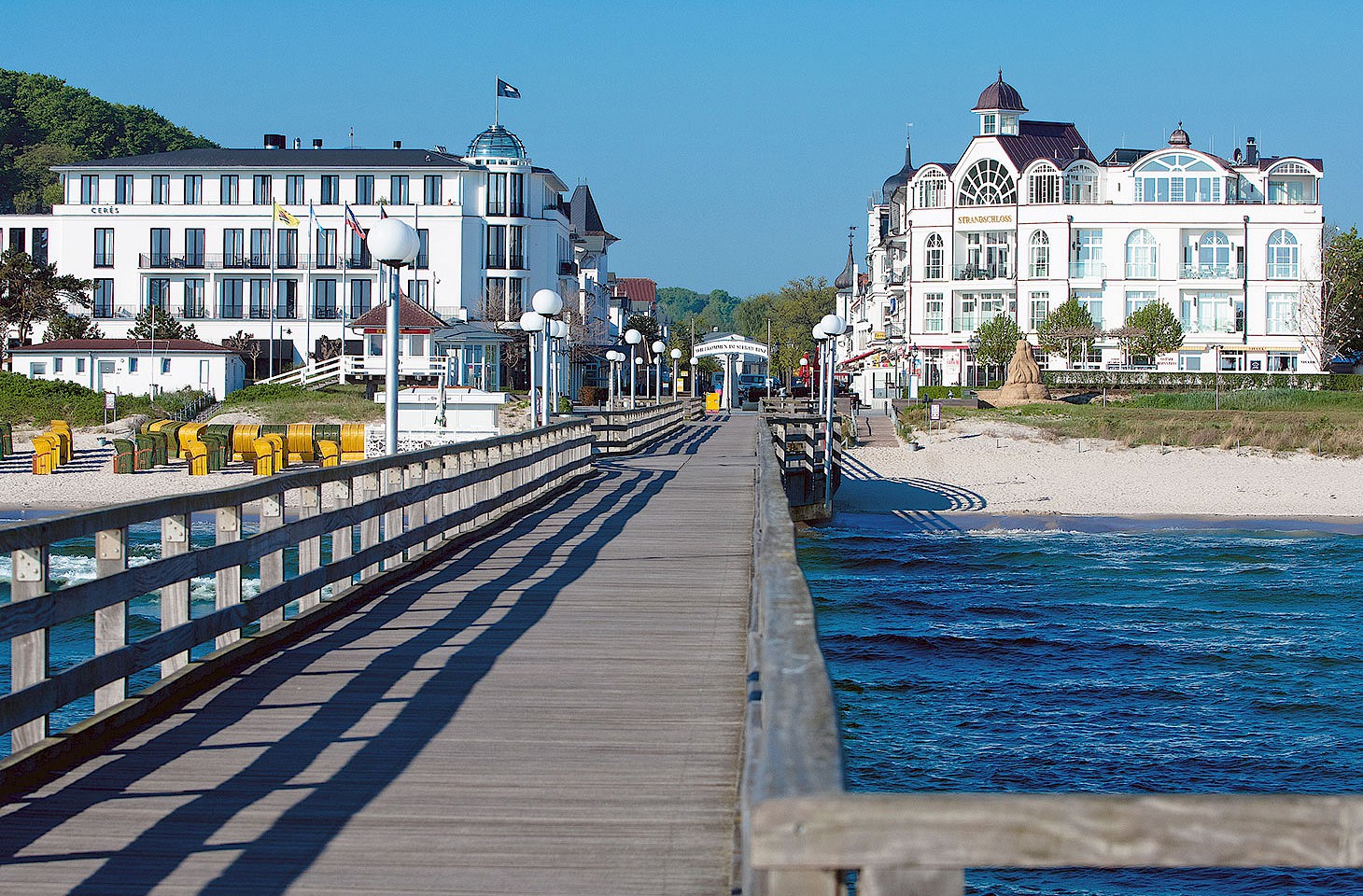The batter opened his shoulders and raised his slim, smooth bat, whistling it in an arc in front of him. The fluency of the sweeping movement recalled the elegance of a windmill. The bowler — his teammate — crouched in front of him, his back ramrod straight and knees bent, stood up then lowered himself again with bent knees. Holding the ball in front, he slowly threw it, smooth and straight, up into the air. The batter made precise contact and, as the ball flew in the air, he sprinted to the opposite end of the pitch. The fielding side leapt into gear, coordinating a fully fledged attack on the lone batsman, attempting to throw the ball at his body to win a point. Yells of encouragement rose from the crowd, seated in a wooden stand along the long end of the field.
The venue was a simple sports ground in the town of Frasin, near Suceava in north-east Romania. On one side was the Moldova River and the lush Bucovina Subcarpathian hills shrouded in a dense blanket of fir trees. Nearby, a line of sheep trotted along the path, while plump cows grazed in the opposite field. On the other side of the pitch were railway tracks, mainly overgrown, carrying occasional trains from Iași to Cluj and beyond.
The origins of oină
At first glimpse this sport has similarities to baseball. With its smooth wooden bat, and two teams (one batting and the other fielding), the basic format is similar to the famous American sport — or even to cricket.
This is the Romanian traditional game of oină, which locals might quietly suggest is ‘the godfather of baseball’ — perhaps transported by a Transylvanian migrant to America. Played mainly in Romania, and to a lesser extent in the neighbouring Republic of Moldova, its origins go back to the 14th century, most likely as a pastime created by shepherds or children in livestock- filled pastures — similar to many other traditional sports around the world. The name oină can be traced to the ancient, now-extinct Cuman language, some saying that it means something like ‘transhumance’ — or ‘taking a flock of sheep down from the mountains to the field in autumn’.
Proof of the sport’s history is sketchy, as many of these ancient games are, but documentation reveals that Vlaicu-Vodă, a 14th-century ruler of Wallachia, was the man credited for introducing the game of hoină, as it was then known, and organising its first competitions.



